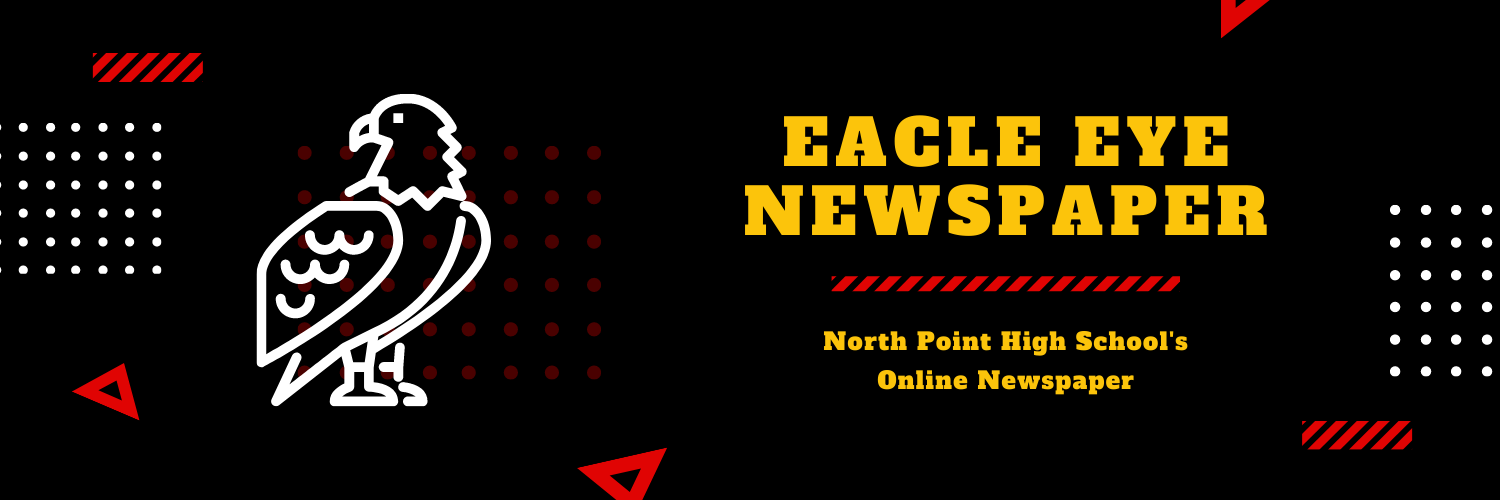1.What do you do in DI?
It’s all about creative problem solving. Students choose one type of stem (no math) or arts challenge and participate in creative problem solving for their chosen type of challenge.
2.What are the DI challenges?
-Technical (Involves building challenges that holds a certain amount of weight)
-Engineering (Involves building and creating robots)
-Theater (technical theater challenge that involves professional acting techniques)
-Improv (improvised acting)
-Scientific (investigate different scientific topics and incorporate them into a challenge)
-Service (do acts of service)
3. Are there any opportunities for students to go to competitions and if so how do they make it there?
There can only be up to 2-7 students per team. They choose their specific challenge. Students only play against people in their specific challenge. At competitions there are two types of challenges, the central and the instant challenge. Once the instant challenge is completed though, you can’t tell anyone about it. They compete first for the regional competition in February. They compete against other high school students. If they place 1st, 2nd, or 3rd in their specific challenge, then they go onto the states. After placing 1st in the states, they can compete against other global teams. Students can earn awards and special recognition for having good team qualities such as teamwork or outstanding creativity.
4.How did North Point’s DI team place this year?
Our North Point team chose their challenge to be scientific. They placed first for their instant challenge and placed 2nd for their central challenge at states.
5. Where do competitions take place?
Regionals take place at North Point and States take place at UMBC.
6. Who can join DI?
Any student who is interested in DI can join but there can only be a maximum of seven people to a team. Each team needs a team manager which would be an adult. There can be as many teams as people want in one DI club.
7. Why did you start DI?
Ms. Gaskill has been involved in DI since her son was in 1st grade. She also saw a newspaper article about creative problem solving and the concept of teaching children how to creative problem solve was an amazing concept for her. She thinks that creative problem-solving is a very valuable skill people can have.


